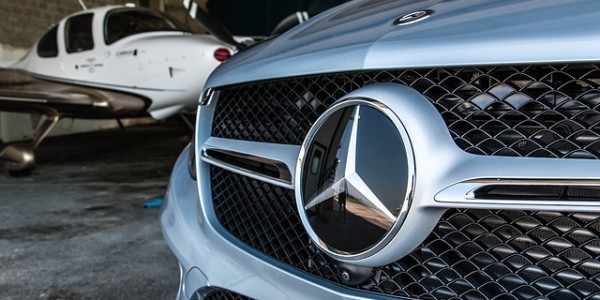If you were to ask a room full of roboticists, manufacturers, consumers, theoretical physicists, and all of their grandmothers whether manufacturing is becoming more automated or less automated, the answer would be unanimous. Automation is the future of manufacturing and pretty much everything else, and everybody knows it. You hear about the increasing use of automation on a daily basis, but you never hear about factories using less automation.
Well, let’s say you hardly ever hear about factories using less automation
The trend in manufacturing – as well as countless other sectors – has been more robots and more automation. However, auto manufacturer Mercedes-Benz is using fewer robots than they have in previous years on one of their new models.
Mercedes is typically ahead of the curve when it comes to the technology in their vehicles, so it seems a little odd that the luxury car company is taking a step backwards technologically speaking. Everyone knows the advantages that automation provides, especially when it comes to manufacturing.
Industrial automation has increased production, reduced labor costs, and improved overall quality and efficiency in the manufacturing process. Using fewer robots and more human workers is counterproductive, right?
It depends on what you’re trying to accomplish. If you’re going for maximum output at minimum cost – which is typically a good approach to manufacturing – you must use robots and automation. However, if you’re looking for customization, robots aren’t always the best bet. That’s exactly why Mercedes-Benz has decided to use more humans and fewer robots on their new S-Class model.
Apparently, industrial robots cannot handle the custom individualization of carbon fiber trim and heated cup holders. Is it possible that the bells and whistles of a fancy car could bring a halt to the robot revolution?
No.
Automation is still very much the future, and robots will continue to become the standard for more and more industries over time.
Perhaps the refined subtleties that up a vehicle’s price tag to $100K require the finesse and craftsmanship of human hands today, but the brutish robots that mindlessly crank out goods today could be as skilled and versatile as humans tomorrow.



